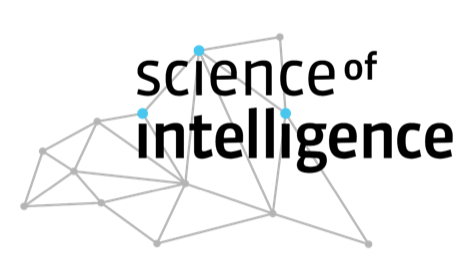Reflecting on your strengths and challenges in the workplace: Returning with perspective
After the summer break, many of us return with renewed focus. This is a valuable moment to reflect: How has my background and personal history shaped my current position in academia or at work?
Consider this example: In a first team meeting, a PhD student hesitates to share a concern. Later, they explain: “I’m the only one here with an interdisciplinary background.” In this example, we can’t know for sure if the room itself was unwelcoming. It was their perception, shaped by past experiences, of how their educational background might be received, that made them pause.
The four layers of diversity
Our social, cultural, and institutional contexts influence whose perspectives are centered, which voices are heard, and how belonging is experienced.
One helpful framework for reflecting on the different aspects of personal background is called “The Four Layers of Diversity,” developed by Lee Gardenswartz and Anita Rowe (2003). Represented as concentric circles (see image below), this model offers a holistic intersectional approach to the many factors each person brings into the workplace. According to Gardenswartz and Rowe, the layers are:
• Personality: includes individual preferences, values, and character traits.
• Internal aspects: refer to characteristics such as age, gender, ethnicity, or physical ability. These are often immediately visible and can be the basis for assumptions.
• External aspects: include changeable life circumstances like education, language, geographic location, or parental status. These often influence career paths and work styles.
• Organizational aspects: involve factors such as job function, seniority, or department. These reflect the structures and culture of the workplace.
Source: (https://personalwesen.univie.ac.at/en/culture-equality/diversity/what-is-diversity-about/dimensions-of-diversity/) (4 Layers of Diversity after Gardenswartz, L. and Rowe, A. (2003): Diverse Teams at Work. Society for Human Resource Management; courtesy of the authors. The adaptation of the organisational dimensions for the University of Vienna and addition to the dimensions was carried out by K. Iber and N. Pauser and updated by L. Appiano, N. Krebs and L. Vogelmann. Graphic by Marion Wotruba (https://www.m-wotruba.at/))
To reflect more deeply and personally, you might ask yourself:
• Which aspects have shaped your academic and professional path the most?
• Which ones have provided strengths, posed challenges, or perhaps done both?
• Which aspects influence how you perceive others and how you are perceived?
Knowing these answers can help you take intentional steps, such as speaking up when it matters, building on your strengths, seeking connection, and setting boundaries where needed.
Scientific excellence goes beyond interdisciplinarity. It is the diversity of identities, histories, and experiences that drives new ways of thinking in academia. This variety fuels creativity, challenges assumptions, and strengthens the quality of research. Recognizing and valuing this diversity is key to advancing both academia and the culture in which it develops.
If you want a more playful way to reflect on the topic, check out these links and test your knowledge about diversity in Germany:
• https://www.deutschland.de/en/diversity-quiz
• https://kahoot.it/challenge/15aaf8da-2c10-43ea-8ce4-bacaa1cc6276_1744209655978
References and further reading:
• Gardenswartz, L., & Rowe, A. (2003). Managing Diversity: A Complete Desk Reference and Planning Guide. McGraw-Hill
• Crenshaw, K. (1989). Demarginalizing the Intersection of Race and Sex. University of Chicago Legal Forum
• Sensoy, Ö., & DiAngelo, R. (2017). Is Everyone Really Equal?: An Introduction to Key Concepts in Social Justice Education. Teachers College Press
• University of Vienna, Human Resources & Gender Equality (n.d.). Dimensions of Diversity. Retrieved August 1, 2025, from https://personalwesen.univie.ac.at/en/culture-equality/diversity/what-is-diversity-about/dimensions-of-diversity/
• Charta der Vielfalt (n.d.). Dimensionen von Vielfalt. Retrieved August 1, 2025, from https://www.charta-der-vielfalt.de/diversity-management/dimensionen-der-vielfalt/






